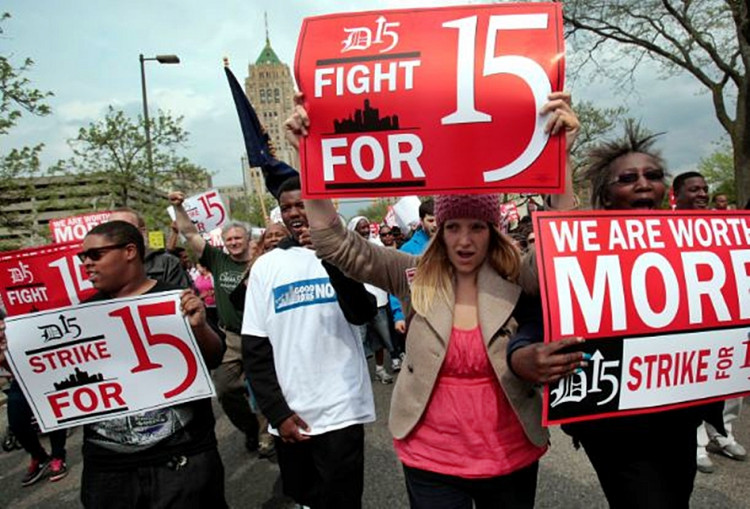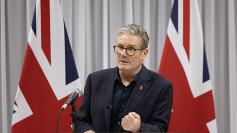The global economy is now growing at its weakest pace since the advent of the Great Recession in 2008 and will likely get weaker as the months go on, according to economists.
A new GDP tool from Bloomberg Economics estimates world growth at 2.1 percent in the third quarter of 2018, far lower than the 4 percent expansion in the third quarter. The risk to the global economy now is this downward momentum will be self-sustaining, according to economists.
The latest composite leading indicator from the Organization for Economic Co-operation and Development (OECD) released yesterday indicates weaker momentum in the U.S., the U.K., Canada, and the 19 member nation eurozone as a whole (including Germany and Italy). There are, however, signs of stabilization in China.
Despite the dark horizon, policymakers at the European Central Bank (ECB) have kept a stiff upper lip and are promoting the view the eurozone is experiencing a slowdown but not a recession.
"We are still seeing robust economic growth, although it's less strong than before," claims ECB Executive Board member Benoit Coeure. "It will take longer for inflation to reach our objective, but it will get there. We are reacting to the developments we have seen so far."
"The cyclical upswing that took hold of the global economy in mid-2017 was never going to last. Even so, the extent of the slowdown since late last year has surprised many economists, including us."
There are, however, some bright spots in the economic horizon. There has been a slight improvement in some recent economic numbers. A measure some see as a cleaner gauge of consumer demand rose 1.1 percent.
News from the U.S. remains disappointing. U.S. retail sales rose in January after the biggest fall in almost a decade in December 2018. The federal government reported employers added only 20,000 jobs in February, the fewest in more than two years. It is clearly a sign the U.S. economy is losing steam.
And in Germany, Europe's strongest economy, industrial output fell unexpectedly in January. Economic indicators point to an extended slump in industrial output, while production has posted year-on-year declines three months in a row.
The brightest glimmer of hope is the U.S. Federal Reserve's decision to delay its interest-rate hikes. Other central banks have also stepped up, with the ECB last week announcing new measures to help EU member nations through the current weakness.






